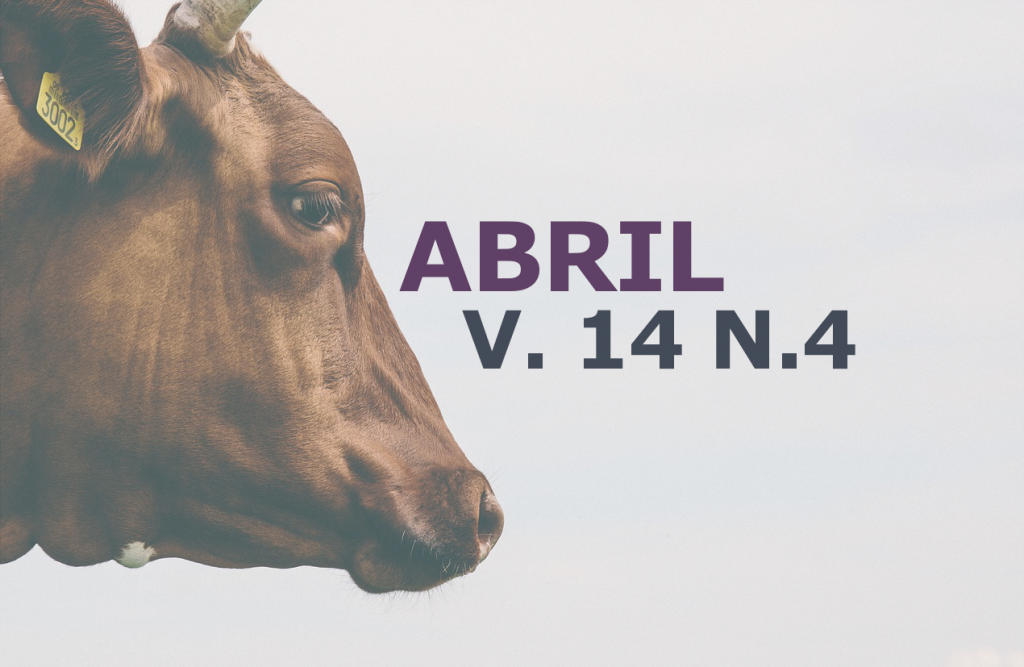Production potential of Sorghum bicolor (L.) Moench culture in the Brazilian semiarid: review
DOI:
https://doi.org/10.31533/pubvet.v14n4a550.1-13Keywords:
adaptability, diet, sorghumAbstract
Sorghum is a crop that has high adaptability to adverse edaphoclimatic conditions, maintaining a high productive performance, serving as a food source for animal humans, as well as raw material for ethanol production. In the semi-arid region, this crop is even more important, especially as an alternative in complementing the food diet, mainly animal, bringing cost reduction in the livestock sector, and favorably contribute to the balance of grain regulatory stocks and promoting balance in production. Thus, contributing to the sustainable growth of livestock in this region. However, evidence indicates a reduction in planted area in recent harvests due to an evident reduction in sorghum crop production performance under the edaphoclimatic conditions of that region, discouraging large-scale production. In this context, overcoming these obstacles has been the use of cultivars adapted to the edaphoclimatic conditions of these regions, as well as some modifications in crop planning and crop management. This review aimed to explore the general characteristics, classification of sorghum types, socioeconomic importance, ecophysiology, edaphology, phytosanitary agents and yield potential of sorghum cultivars currently available for cultivation in the Brazilian semiarid region. Sorghum cultivation in Brazil has shown a high productive potential, not only for its adaptive ability in different environmental conditions, but for its ease of mechanization from sowing to harvest.
Downloads
Published
Issue
Section
License
Copyright (c) 2020 Alexandre Maniçoba da Rosa Ferraz Jardim, Gabriel Ítalo Novaes da Silva, Evandro Marcos Biesdorf, Antonio Gebson Pinheiro, Marcos Vinícius da Silva, George do Nascimento Araújo Júnior, Anderson dos Santos, Hygor Kristoph Muniz Nunes Alves, Marcondes de Sá Souza, José Edson Florentino de Morais, Cleber Pereira Alves, Thieres George Freire da Silva

This work is licensed under a Creative Commons Attribution 4.0 International License.
Você tem o direito de:
Compartilhar — copiar e redistribuir o material em qualquer suporte ou formato
Adaptar — remixar, transformar, e criar a partir do material para qualquer fim, mesmo que comercial.
O licenciante não pode revogar estes direitos desde que você respeite os termos da licença. De acordo com os termos seguintes:
Atribuição
— Você deve dar o crédito apropriado, prover um link para a licença e indicar se mudanças foram feitas. Você deve fazê-lo em qualquer circunstância razoável, mas de nenhuma maneira que sugira que o licenciante apoia você ou o seu uso. Sem restrições adicionais
— Você não pode aplicar termos jurídicos ou medidas de caráter tecnológico que restrinjam legalmente outros de fazerem algo que a licença permita.





